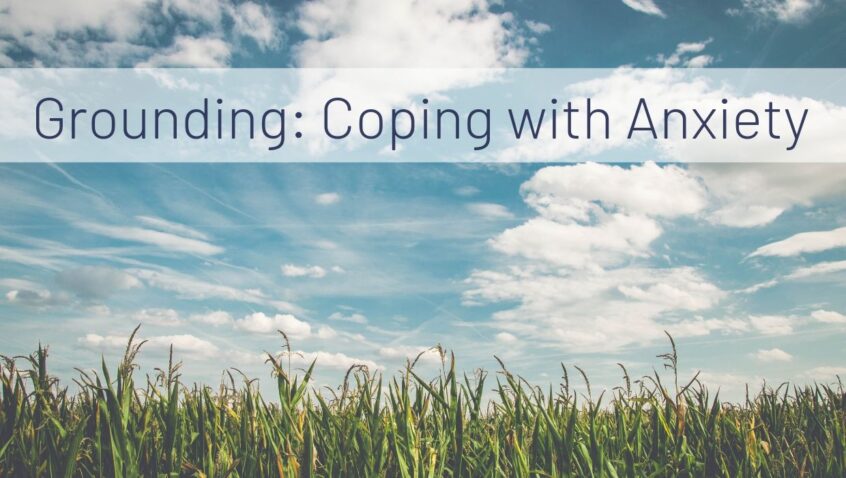In my upcoming novel, FLUX, you get to meet my newest protagonist, Liv.
Olivia Riley is awkward, artistic, and witty. While she has many traits that set her apart, she also has one that unites her with approximately 40 million Americans: Liv battles anxiety.
Everyone has experienced anxiety at some point or another, but for a large portion of the population, it’s something that can interfere with our day to day lives. In learning more about anxiety and coping mechanisms, I came across a technique called grounding.
Grounding consists of various strategies that can be helpful in getting you out of emotional upset like anxiety, sadness, anger, etc. It’s basically a way to focus on immediate exterior surroundings versus potential interior turmoil. Some people call it centering, distracting, creating a safe place, or healthy detachment.
Whatever your label for it, grounding can provide stability and aid in controlling your feelings while preventing yourself from spinning out further. Once you’ve anchored yourself in calmer waters, you can then go back, assess, and address what it was that triggered your emotional response to begin with.
While there are various types of grounding, you’ll see Liv practicing the 5, 4, 3, 2, 1 method. It’s a relatively easy system to employ, even amidst the most anxiety-inducing situations. In fact, the simple five-step exercise can be very helpful during periods of anxiety or panic by helping to ground you in the present when your mind is otherwise chaotic with anxious thoughts.
The first thing to focus on in any situation is your breathing. Slow, deep, long breaths automatically send signals to your brain to go into a calmer state.
Once you’ve found a steady rhythm, continue with the following steps to help anchor yourself:
5) Acknowledge FIVE things you see around you. It can be a bird outside your window, the pattern of your drapes, the constellation of freckles on your arm, raindrops trickling down the glass, or anything (relaxing) in your immediate surroundings.
4) Acknowledge FOUR things you can touch around you. Run your fingers through your hair, stroke the matte cover of the book on your desk, feel the ridges on the arm of your office chair, or trace the wood grain pattern of the podium.
3) Acknowledge THREE things you hear. Can you hear the hum of the air conditioner, the growl of the lawn mower across the street, or the low rumble of thunder in the distance? Listen closely!
2) Acknowledge TWO things you can smell. Are you passing through a busy part of town? Can you smell the food at the restaurants or the fresh blacktop? Are you at school? Perhaps you can smell fresh pencil shavings or the ink from your textbook. Find two things to hone in on.
1) Acknowledge ONE thing you can taste. Sometimes this can be a little trickier, depending on how long it’s been since you had something in your mouth, but your sense of smell can come into play here as well. If the coffee or breath mint isn’t still lingering, take a breath and let the scent of your environment wash over the back of your tongue.
What techniques have you found to help you cope with anxiety? Leave a comment down below.


2 Comments on “Grounding: Coping with Anxiety”
I have done this method within the last week. I also breath in for a count, hold for a count, and exhale for a count. It is supposed to regulate carbon dioxide or something. I have so many I forget what they do, end game is to calm down. Lol
Breathing is key! If you can train yourself to just stop and breathe, I think the rest is just icing on the chill cake 😉